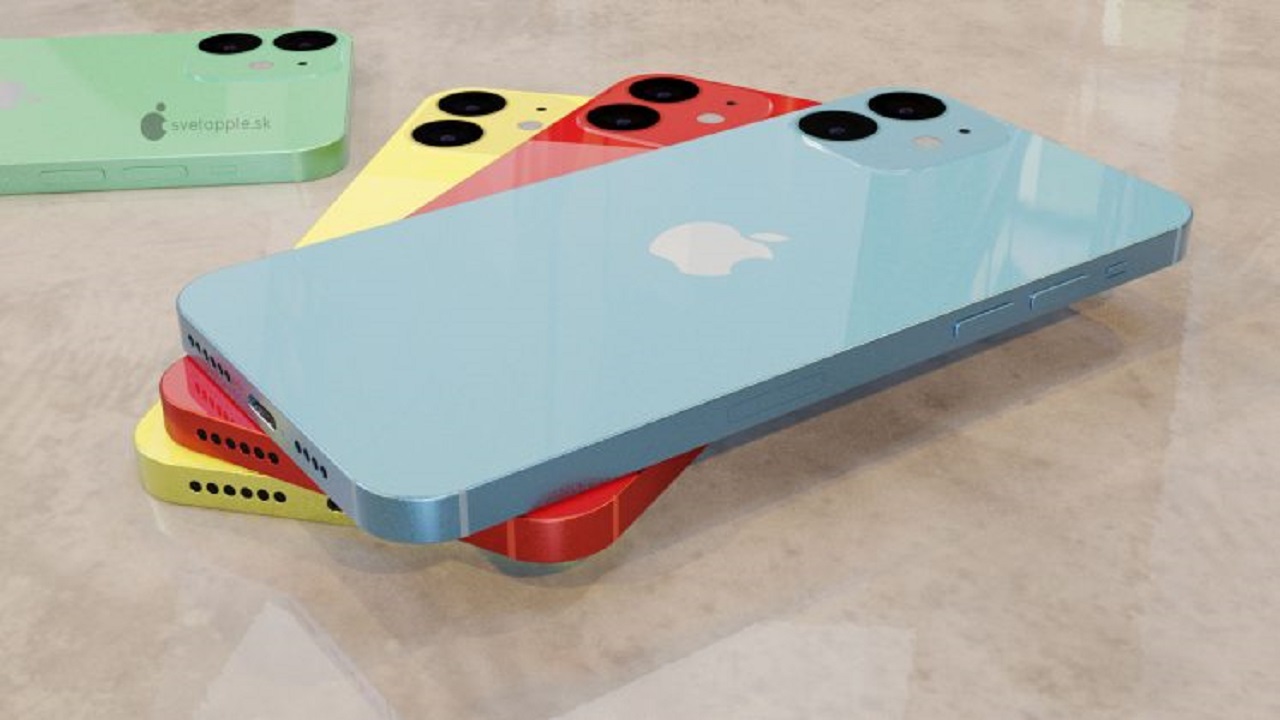

Apple's iPhone 12 is on the horizon, and while some of its specs are still under wraps, we've heard a lot about the new device, including 5G network support, an advanced 3D camera system, welcome new software features, and a rapid new 5nm A14 system of a chip (SoC).
One aspect that has had a question mark hanging over it is the capability of the handset's display; the iPhone 12 will be available in four models – with a possible fifth, cheaper variant added to the lineup – and there have been rumours of the Pro models sporting a panel that could easily take on the Samsung Galaxy S20.
- Breaking! PS5 pre-orders: You can reserve a PlayStation 5 at THESE retailers
- Nintendo Switch Pro packing secret weapon to take on PS5 and Xbox Series X
- Samsung Galaxy Note 10 vs Samsung Galaxy S10 Plus
A couple of months ago, we heard that a couple of the iPhone 12 models could be touting a 120Hz display, but that seemed to have been shot down last month when it looked like the iPhone 12 Pro models wouldn't be getting 120Hz panels after all.
However, industry insider Jon Prosser has said that the iPhone 12 isn't down for the count just yet.
Don’t give up on 120hz on 12 Pro yet...August 23, 2020
Prosser tweeted that Apple fans shouldn't give up on the 120Hz display for the iPhone 12 Pro models. He stresses that he doesn't know for sure adding that the devices won't have an LTPO display, and he doesn't know if the feature will be present for launch, but that there's "enough evidence" from his sources to suggest that we should hold out hope for a 120Hz display to make it to this year's phones.
- Galaxy S21 will include S-Pen – Samsung to scrap Galaxy Note range entirely
- PS5 buyers who want the ultimate rig will gaze in awe at this 8K Marantz receiver with Dolby Atmos
Max Weinbach chimed in to say that the prototype models have full 120Hz displays but doubts that it will be present at launch; while the hardware is capable of supporting it, the "software and calibration just isn’t there for it."
So don't count the iPhone 12 out just yet – with Android phones easily hitting 90Hz at budget/ mid-tier level, like the OnePlus Nord for example, Apple really needs to up the ante from its 60Hz standard that bogged down the iPhone 11, iPhone 11 Pro, and iPhone 11 Pro Max, and this is the way to do it.
Sign up to the T3 newsletter for smarter living straight to your inbox
Get all the latest news, reviews, deals and buying guides on gorgeous tech, home and active products from the T3 experts
Shabana worked at T3.com as News Editor covering tech and gaming, and has been writing about video games for almost a decade (and playing them since forever). She's had bylines at major gaming sites during her freelance career before settling down here at T3, and has podcasts, streaming, and video content under her belt to boot. Outside of work, she also plays video games and should really think about expanding her hobbies. If you have any tech or gaming tips, shoot over an email or DM her on social media.
-
 I've tested DS & Durga Brown Flowers – it's killer spring scent for everyone
I've tested DS & Durga Brown Flowers – it's killer spring scent for everyoneJust about the floweriest fragrance a fella could wear
By Sam Cross
-
 The 5 most efficient exercises for adding strength and size
The 5 most efficient exercises for adding strength and sizeExercise Scientist Dr. Mike Israetel says these are the lifts you should prioritise if you want to get jacked and strong
By Bryony Firth-Bernard